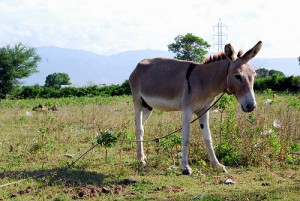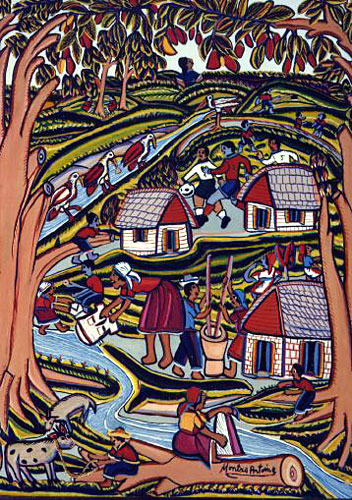Computer programmers and other technical people are building valuable tools for helping the people of Haiti after the devastating earthquake on January 12. Crisis Camps have been set up for volunteers to develop applications that help with damage assessment, mapping, locating of survivors, locating first aid stations, translation, radio communications, food and water deliveries, free phone services, and many more. At the root of the effort is the basic understanding that good data must be given to and easily shared between all of the aid organizations, both public and private, helping with aid and rescue in Haiti. Some of the earliest volunteers for Crisis Camp came from Google, NASA, the United Nations, the American Red Cross and the Los Angeles City Fire Department.
Google developed an online tool to help people locate missing persons in Haiti. The technical effort has a Wiki page at Crisis Commons Wiki, that gathers resources, updates on projects, and calls for volunteers in specific areas.
The Crisis Camp volunteer approach is building something very powerful that will have a huge impact on disaster response in the future. This is the internet and tech world at its very best.






